Link Between Natural Gas Fields and Health Issues Remains Largely Undocumented
Last month, the investigative journalism nonprofit ProPublica published a report that highlights how dangerously little scientists and government officials know about the health consequences of living near a natural gas drilling site.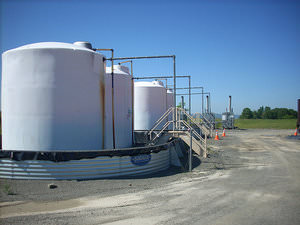
Last month, the investigative journalism nonprofit ProPublica published a report that highlights how dangerously little scientists and government officials know about the health consequences of living near a natural gas drilling site.
Although the public has long been concerned about the link between health complaints and close proximity to natural gas fields, little or no work has been put into tracking the extent of the problem, much less discovering the true cause of those various health issues.
ProPublica reported that residents living near natural gas wells have commonly complained of respiratory infections, headaches, neurological impairment, nausea and rashes. In more serious cases, miscarriages, poisoning and cancer have been reported. –BF
Dig, Root, GrowProPublica:
On a summer evening in June 2005, Susan Wallace-Babb went out into a neighbor’s field near her ranch in Western Colorado to close an irrigation ditch. She parked down the rutted double-track, stepped out of her truck into the low-slung sun, took a deep breath and collapsed, unconscious.
A natural gas well and a pair of fuel storage tanks sat less than a half-mile away. Later, after Wallace-Babb came to and sought answers, a sheriff’s deputy told her that a tank full of gas condensate—liquid hydrocarbons gathered from the production process—had overflowed into another tank. The fumes must have drifted toward the field where she was working, he suggested.
The next morning Wallace-Babb was so sick she could barely move. She vomited uncontrollably and suffered explosive diarrhea. A searing pain shot up her thigh. Within days she developed burning rashes that covered her exposed skin, then lesions. As weeks passed, anytime she went outdoors, her symptoms worsened. Wallace-Babb’s doctor began to suspect she had been poisoned.
“I took to wearing a respirator and swim goggles outside to tend to my animals,” Wallace-Babb said. “I closed up my house and got an air conditioner that would just recycle the air and not let any fresh air in.”
Wallace-Babb’s symptoms mirror those reported by a handful of others living near her ranch in Parachute, Colo., and by dozens of residents of communities across the country that have seen the most extensive natural gas drilling. Hydraulic fracturing, along with other processes used to drill wells, generates emissions and millions of gallons of hazardous waste that are dumped into open-air pits. The pits have been shown to leak into groundwater and also give off chemical emissions as the fluids evaporate. [snip]
This year, we’re all on shaky ground, and the need for independent journalism has never been greater. A new administration is openly attacking free press — and the stakes couldn’t be higher.
Your support is more than a donation. It helps us dig deeper into hidden truths, root out corruption and misinformation, and grow an informed, resilient community.
Independent journalism like Truthdig doesn't just report the news — it helps cultivate a better future.
Your tax-deductible gift powers fearless reporting and uncompromising analysis. Together, we can protect democracy and expose the stories that must be told.
This spring, stand with our journalists.
Dig. Root. Grow. Cultivate a better future.
Donate today.


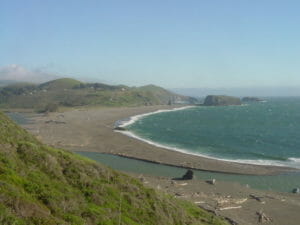
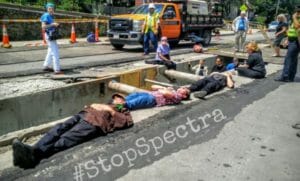
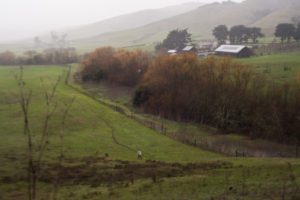
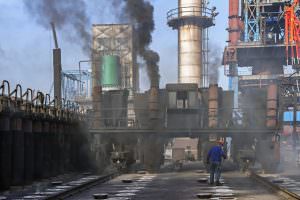

You need to be a supporter to comment.
There are currently no responses to this article.
Be the first to respond.